5 iPhone Settings You’ve Seen (But Don’t Know What They Mean)
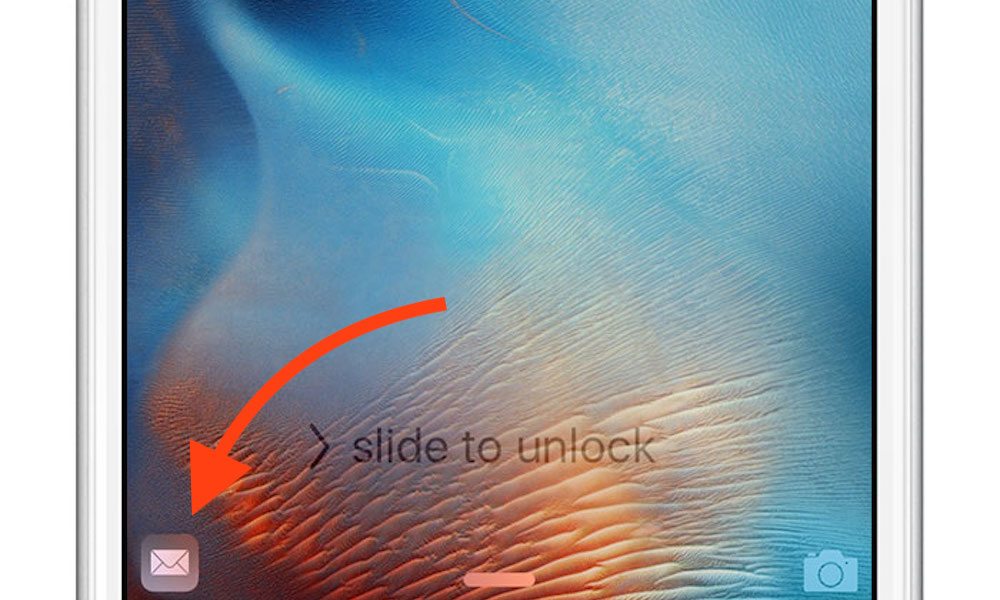 Apple Inc.
Apple Inc.
Everyone already knows about iPhone's major features like Animoji and Apple Pay. However, there are actually quite a few features buried within iOS that are basically hidden, or at the very least, not as well-known.
Some of these features work in the background automatically, but it's useful to know how to enable or disable them. Other features are actually pretty handy if you do know about them. Use the Right Arrow to Browse 5 iPhone Settings You’ve Seen (But Don’t Know What They Mean).
5 TV Provider
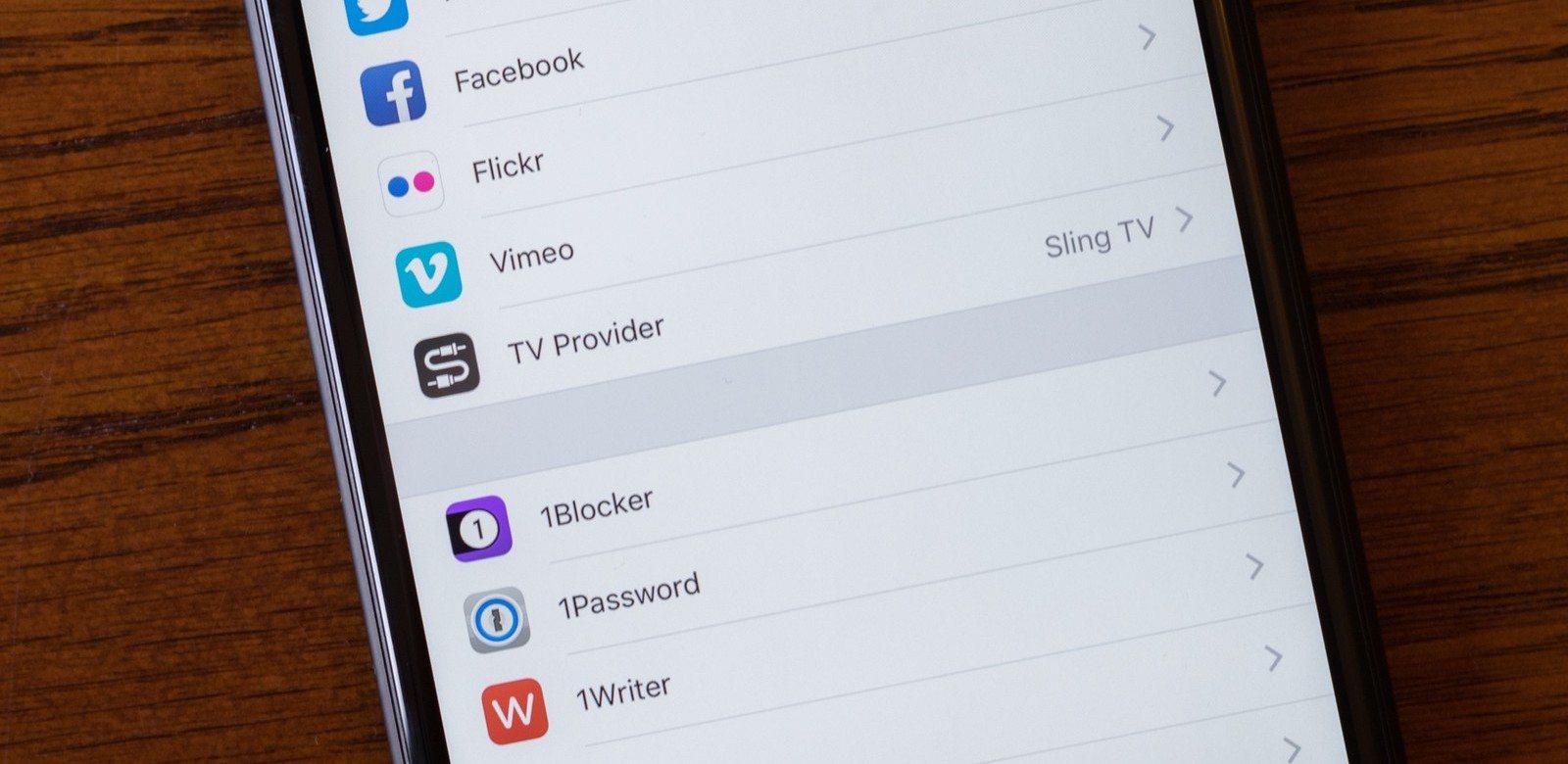
'TV Provider' is a single sign-on feature for content viewing. Once you sign in with your TV, cable, or streaming subscription credentials, you can access all of the TV content that’s included in said subscription.
- Go to Settings > TV Provider.
- Search for your own TV or content provider. There’s a ton of options available.
- Login with your credentials (if you have a cable subscription, for example, you’ll login with your cable account info. Same goes for users of Sling TV or other online streaming platforms).
- Tap Sign-In.
Once that’s all set up, you can access TV content in both the dedicated iOS TV app, as well as in supported apps. For example, signing in with a cable subscription that includes NBC will allow you to access NBC Sports content.
4 Wi-Fi Assist
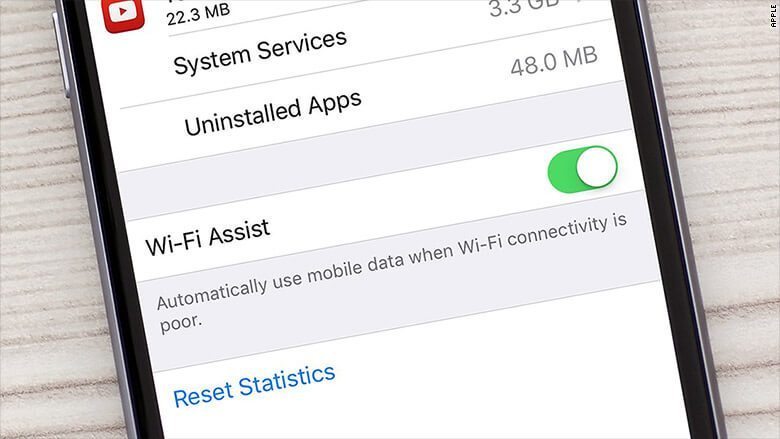
Wi-Fi Assist is a handy feature included in iOS 9 and later that takes away some of the frustrations from shoddy Wi-Fi networks. It’s switched on by default, but you can toggle it off or back on by following these steps:
- Go to Settings.
- Tap on Cellular.
- Scroll down to the bottom, locate Wi-Fi Assist.
- Tap on the slider to enable or disable it.
When Wi-Fi Assist is toggled on, it’ll basically switch your iOS device to cellular service when you have a poor Wi-Fi connection. It’ll switch on when it detects a poor connection and works across most iOS apps. Of course, this uses up your cellular data, so keep that in mind when streaming or accessing data-heavy content. If you have a small data plan, it might be worth it to switch the feature off.
3 Guided Access
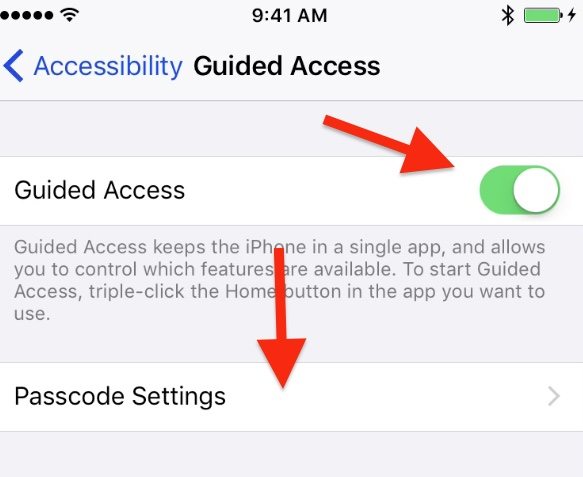
Guided Access is a little-known accessibility feature that can have a range of uses. In a Guided Access session, you can disable certain areas of the screen, disable buttons, restrict use to a single app, and even prevent screen touches from registering at all. It can help keep you focused, or even keep private information on your phone safe when handing your device to a friend. To set it up, follow the steps below.
- Navigate to Settings > General > Accessibility > Guided Access.
- Tweak your Guided Access settings.
- If it’s enabled and you want to turn on Guided-Access, just triple tap the Home button. (On iPhone X, launch an app and quickly swipe up from the bottom.)
- To end the session, just triple-tap again and enter the Passcode you set for the feature.
2 Dial Assist
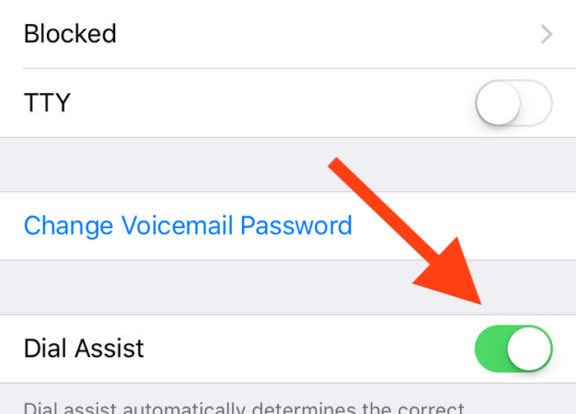
Dial Assist is a little-known feature on iPhones that’s pretty nifty for iOS users traveling abroad. It also happens to be a fairly vague feature, and Apple doesn’t appear to have any online support documents about it. Basically, Dial Assist automatically enters international and local prefixes to the phone numbers that you call. Here’s how to access it.
- Open Settings.
- Navigate to and tap on Phone.
- Toggle Dial Assist on (or off)
When traveling abroad, it’s important to include the correct prefix when making calls. It’s switched on by default, but there can also be issues and redundancy problems with it when you’re out-of-country — so it’s handy to know how to turn it off.
1 Handoff
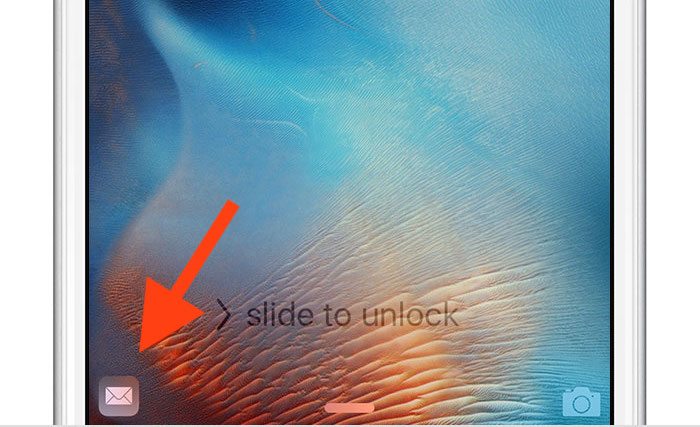
Handoff is an Apple Continuity feature that works across its various platforms and is meant to make performing tasks across your Apple ecosystem easier and more seamless in native applications. Here’s how to enable it.
- Ensure you have two or more iOS, watchOS, or macOS devices that are logged into the same Apple ID, and are connected to the same Wi-Fi network. Macs must have at least OS X Yosemite 10.10 installed, and you'll need an iPhone 5 or iPad 4 or newer, for example.
- Launch Settings.
- Tap General > then Handoff.
- Toggle Handoff On.
When Handoff is enabled, and you’re using a native Apple applications like Messages or Mail, you can pick up where you left off on another Apple device.
For example: start an email in Mail on your Mac, and you should see a Mail icon in the bottom-left corner of your Lock screen on your iPhone (as long as the email account is enabled in Mail on both devices). Tap on that, swipe up, authenticate, and you’ll be able to finish writing your email right on your iPhone. This works vice-versa (as well as on iPad) too.
Learn More: How to Use ‘Continuity’ to Work Seamlessly Between Your Apple Devices
